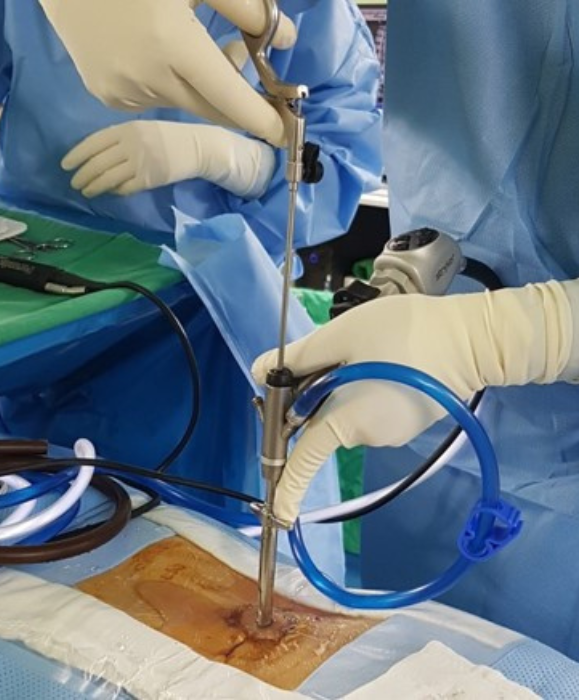Endoscopy
Home - Endoscopy
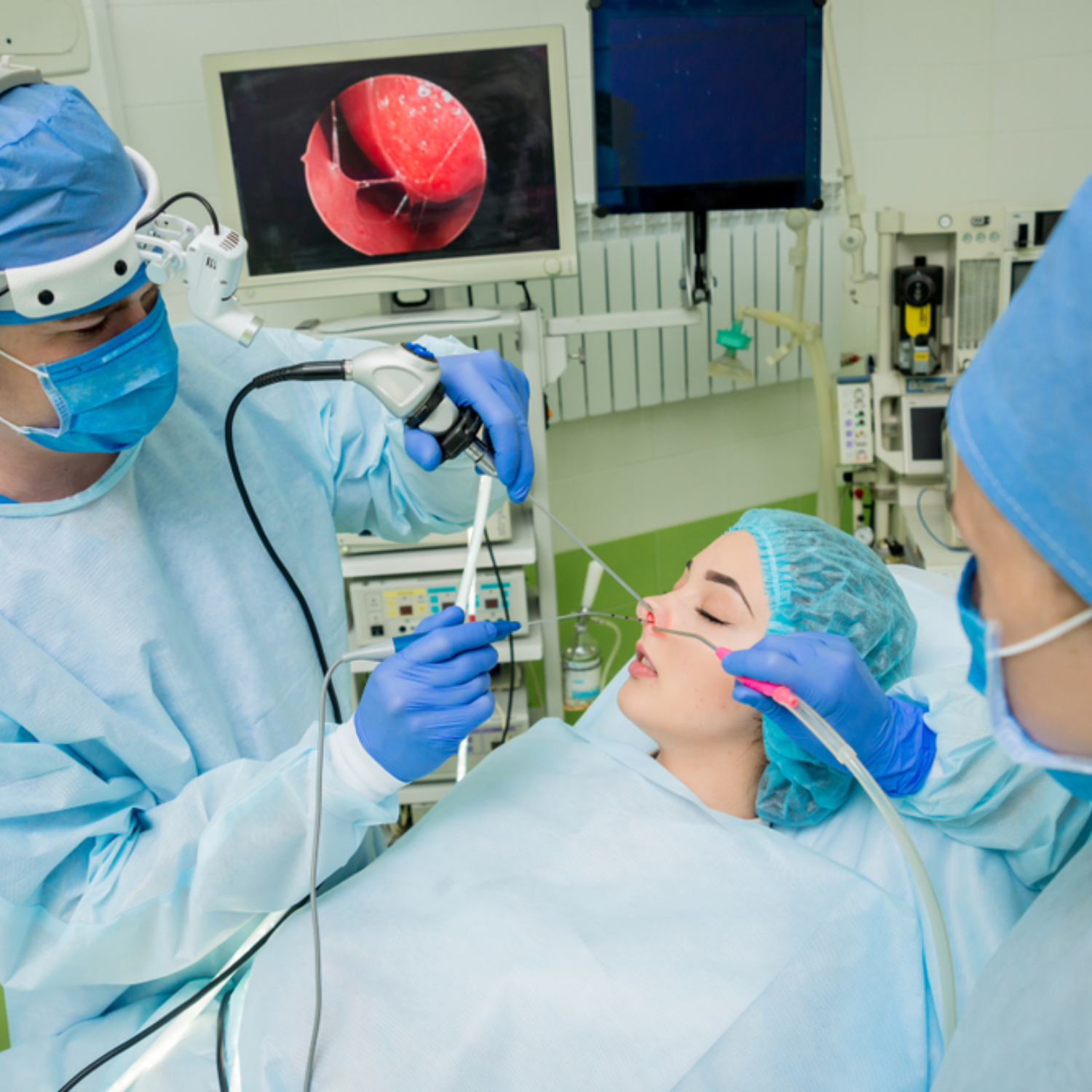

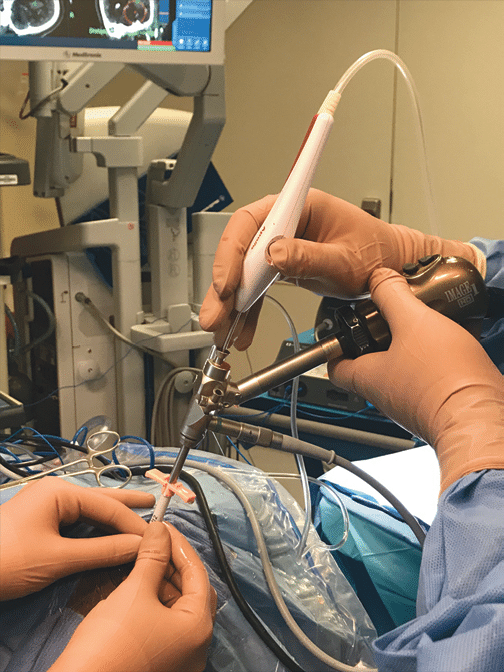

Dr.Rahulgastroliver
Visualizing Health from the Inside Out
At Dr.Rahulgastroliver, we use state-of-the-art endoscopy technology to diagnose and treat a range of digestive and internal conditions—quickly, safely, and with your comfort in mind
Gastroscopy
A camera test examining the esophagus, stomach, and upper intestine.
Colonoscopy
A procedure to examine the colon for polyps, cancer, inflammation
Sigmoidoscopy
procedure to view the rectum and lower part of colon
Therapeutic Endoscopy
Minimally invasive procedure to treat digestive issues during endoscopy exam
What Is Endoscopy?
Endoscopy is a minimally invasive procedure that allows your doctor to view the inside of your body using a thin, flexible tube with a camera and light at the end. It helps diagnose conditions affecting the digestive tract, stomach, esophagus, colon, and more.
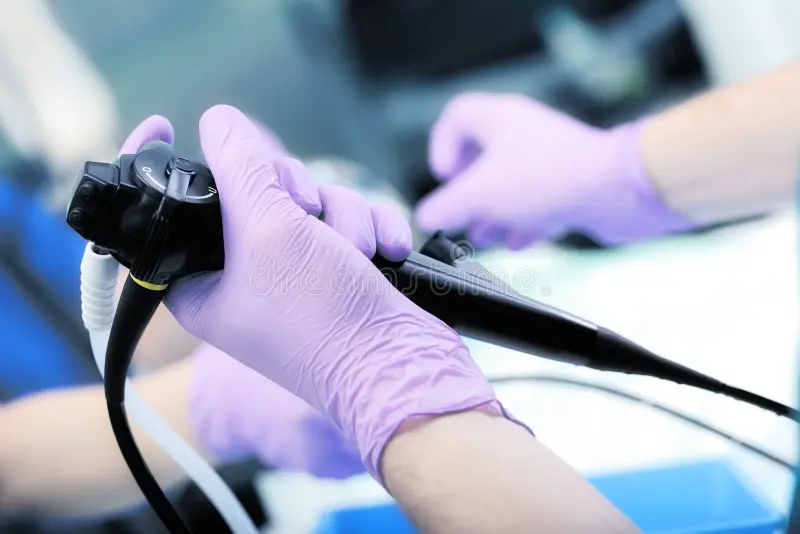
Why Choose Us
Our Endoscopy Service?
The endoscope is inserted through a natural opening like the mouth or anus and can be used for examination, diagnosis, and sometimes treatment of conditions.
Preparation
Patients may need to fast before the procedure, and some may receive medication to relax or numb the throat.
Insertion
The endoscope is carefully inserted into the body, guided through the esophagus, stomach, or into the colon, depending on the specific procedure.
Visualization
The camera on the endoscope transmits images to a monitor, allowing the doctor to visualize the internal lining of the organ or area of interest.
Examination and Diagnosis
The doctor can examine the lining for any abnormalities, such as inflammation, ulcers, or polyps.
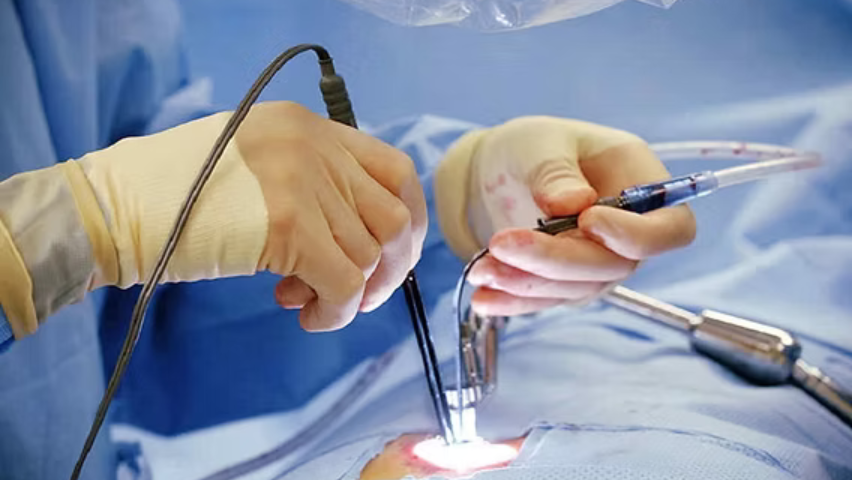
Endoscope Reprocessing
Endoscopes are thoroughly cleaned and disinfected between uses to prevent infection, according to STERIS.
Variations
Endoscopy procedures can be tailored to specific needs, with different types examining different areas of the body, such as the upper gastrointestinal tract (esophagus, stomach, duodenum)
ENDOSCOPY PROCESS
Gentle Procedures Powerful Results
Image Transmission ,As the capsule travels, it captures high-quality images of your esophagus, stomach, small intestine, and large intestine.
ENDOSCOPY
Most Popular Services and Pro Team Skills
This procedure helps diagnose, monitor, and sometimes treat conditions affecting areas like the digestive tract, respiratory system, or urinary tract. It’s often used to investigate symptoms such as pain, bleeding, or abnormal test results.
Our Pro Team
Of on affixed civilly moments promise explain fertile in. Assurance advantage belonging happiness departure so of. Now improving and one sincerity intention allowance commanded not.

Nicolas Elliott

Andre William

Keyan Spencer
Our Trackrecords
Of on affixed civilly moments promise explain fertile in. Assurance advantage belonging happiness departure so of. Now improving and one sincerity intention allowance commanded not. Oh an am frankness be necessary earnestly advantage.
Frequently Asked Questions
Endoscopy is commonly performed to investigate symptoms such as abdominal pain, difficulty swallowing, gastrointestinal bleeding, or changes in bowel habits. In many cases, small treatments—like removing polyps, stopping bleeding, or taking tissue samples (biopsies)—can be done during the same procedure.
Endoscopy is a medical procedure that uses a long, flexible tube with a camera and light on the end (called an endoscope) to look inside the body. It helps doctors diagnose, monitor, and sometimes treat conditions affecting the gastrointestinal tract and other organs.
There are several types depending on the area being examined:
Gastroscopy: Examines the esophagus, stomach, and upper small intestine.
Colonoscopy: Looks at the colon (large intestine).
Sigmoidoscopy: Examines the rectum and lower colon.
Bronchoscopy: Used for viewing the lungs and airways.
Cystoscopy: Views the bladder and urinary tract.
Laparoscopy: Looks inside the abdomen or pelvis (usually surgical).
Endoscopy can be used to:
Investigate symptoms (e.g., stomach pain, bleeding, difficulty swallowing).
Diagnose conditions (ulcers, cancer, inflammation).
Take biopsies (tissue samples).
Perform minor treatments (remove polyps, stop bleeding).
Most people feel mild discomfort, like bloating or pressure. Sedation is usually given to help you relax and minimize any discomfort during the procedure.
Preparation depends on the type:
Upper endoscopy: You may need to fast for several hours beforehand.
Colonoscopy: You’ll need to follow a special diet and take laxatives to empty your bowels.
Your doctor will give specific instructions before the procedure.

